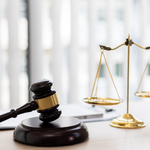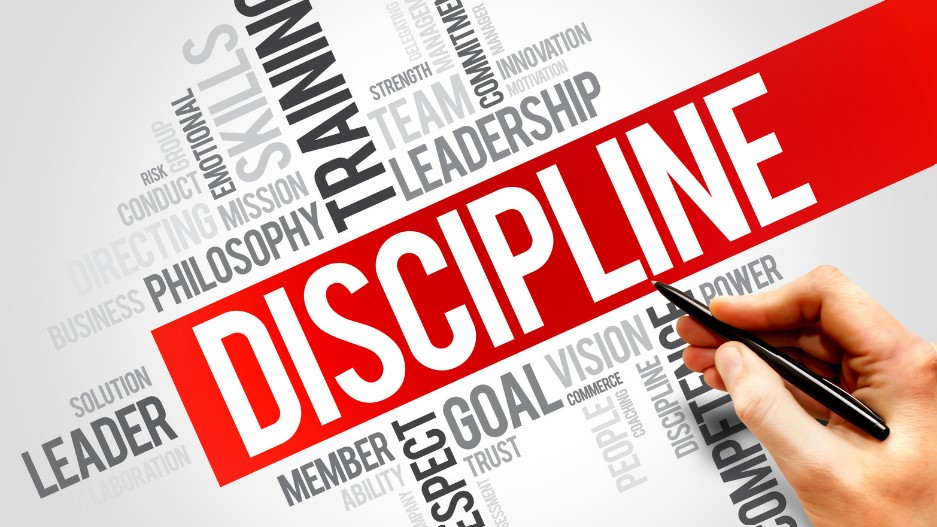Good disciplinary procedures are essential if you want to maintain a safe and healthy workplace. They help to identify and address any issues quickly and ensure that everyone is following the rules. By following a good practice framework, you can create a system that is efficient, fair, and effective. In this article, we’ll take you through the steps necessary to develop a good disciplinary procedure.
What is the Purpose of Disciplinary Procedures?

Disciplinary procedures are used to determine whether a student has violated the school’s code of conduct. Disciplinary procedures can take many different forms, but they all have one common goal: to ensure that students are treated equitably and fairly and that the school maintains a safe and educational environment for all.
There are several factors that may lead to a student being placed on disciplinary probation or suspension, including breaking school rules, harassing other students, or damaging property. If you’re ever unsure about what might constitute misconduct at your school, be sure to speak with an administrator. They will be able to walk you through the specific provisions of the code of conduct and how they were violated.
Why are Disciplinary Procedures Necessary?

Disciplinary procedures are necessary for a number of reasons. First and foremost, disciplinary procedures provide a way to identify and address wrongdoing in an effective and timely manner. This is important because it protects the rights of all involved – both the individuals who have been wronged and the organization itself.
Second, disciplinary procedures help to maintain the morale and integrity of the organization. When employees know that they can trust their supervisors to take action when necessary, it encourages them to report any wrongdoing they may have witnessed or experienced. This prevents misconduct from going undetected and allows for more efficient, effective operations overall.
Finally, disciplinary procedures help to protect the public by ensuring that organizations are operating within the bounds of the law and are safety responsibilities towards their customers or clients. By taking appropriate action when necessary, organizations can avoid any negative publicity or lawsuits that could adversely affect their business idea.
Who are the Stakeholders Involved in Disciplinary Procedures?

There are a number of stakeholders involved in disciplinary procedures, including:
- The student
- The faculty member(s)
- The institution
- The federal or state government
- The community or neighborhood in which the institution is located
- Society as a whole (including the general public, members of minority groups, etc.)
Each of these stakeholders has different interests and concerns that need to be taken into account when conducting disciplinary procedures. Some of the most important factors to consider include,
- The student’s right to due process and a fair hearing.
- Faculty members’ right to academic freedom and free speech.
- Institutions’ responsibility to uphold applicable law and policy jobs.
How to Plan and Implement a Disciplinary Procedure?

A disciplinary procedure is necessary to protect the rights and safety of students, faculty, and staff. It’s important to plan it correctly so that everyone involved understands what’s going on and feels comfortable with the process.
To get started, you’ll need to identify the problem or issue that needs to be addressed. This can be done through interviews or surveys, for example. After you have a clear understanding of the situation, you’ll need to create a timeline for proceedings. This will include when various meetings will take place and what will be discussed at each one. Finally, you’ll need to establish procedures for dealing with any disputes.
Benefits of Disciplinary Procedures

There are many benefits to using disciplinary procedures in the workplace.
First and foremost, disciplinary procedures help to maintain a safe and healthy work environment. They help to solve conflicts quickly and effectively, and they prevent them from becoming escalators. This is important because it helps to keep everyone in the organization on an even keel and avoids any misunderstandings or incidents that could lead to conflict.
Furthermore, disciplinary procedures can also improve productivity by helping employees focus on their tasks. Employees who know what is expected of them and understand why they’re being disciplined are more likely to comply with regulations and guidelines. In addition, it also prevents low-performing employees from hurting the morale of more productive ones.
Disciplinary procedures can also lead to better communication between management and employees. This is because it allows for clear instructions to be conveyed without ambiguity or misunderstanding. It also helps managers track the progress of their subordinates and keeps them updated on any changes or progress made within the organization.
Ultimately, disciplinary procedures are a necessary part of any healthy workplace culture that wants to achieve its objectives efficiently and effectively
Conclusion
This is an extensive article that not only focuses on the scope of disciplinary procedures but also explains their use cases. It also elaborates upon how these procedures can be used to ensure that corruption does not thrive in your organization. By following this framework, you can help ensure that your employees are well-trained and disciplined.









Leave feedback about this